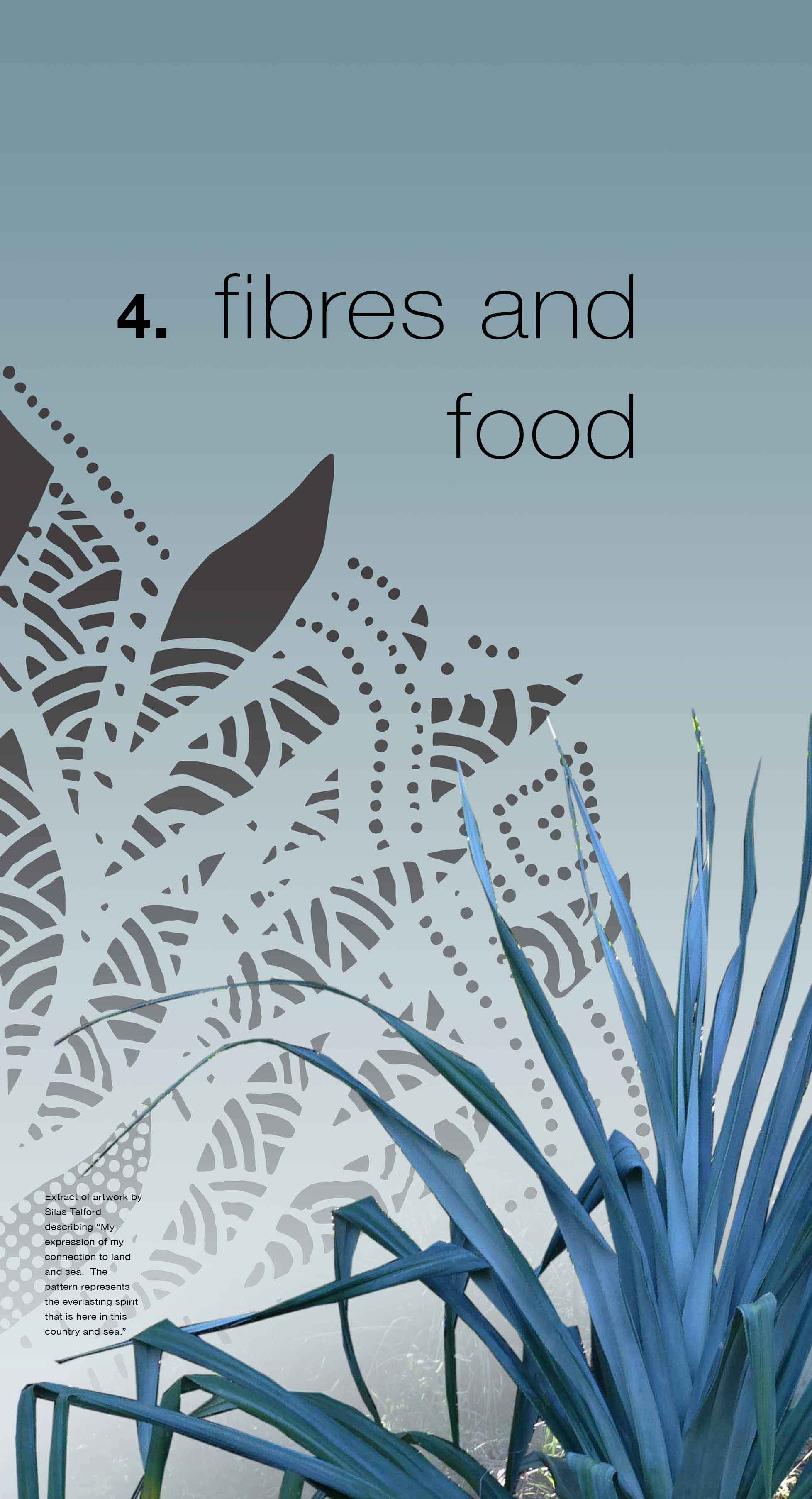Along the Coastal Recreational Path ...

While Aboriginal life on the coast was determined by the seasonal abundance of protein rich food resources like salmon, mullet and oysters, the coastal forests also provided vital resources.
Pigface was especially valued both as a food source and a medicinal plant. Then also there were kurrajongs and paperbarks here in abundance. These provided the natural fibres that could be woven into hunting/fishing nets and baskets. Sheets of paperbark also provided a special resource that could be put to many useful purposes.
The stories in the sign
The scroll through section below presents the information contained in the sign on site at this interpretive node.
As well as allowing you to explore this material again, it means that non-English speaking visitors and others not easily able to read the signs can connect with this content via their mobile devices. Adjust your internet browser settings to activate translation and/or text-to-speech options.


